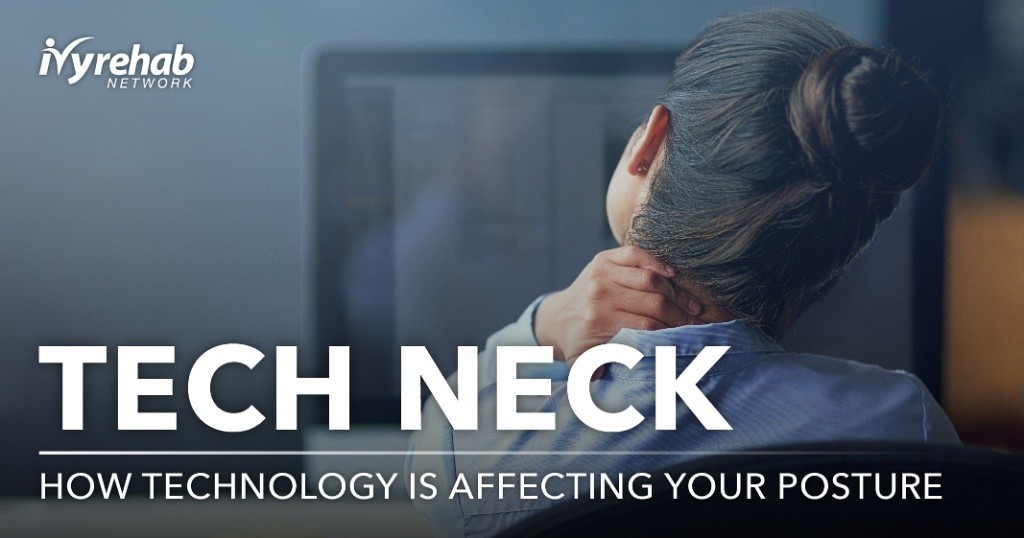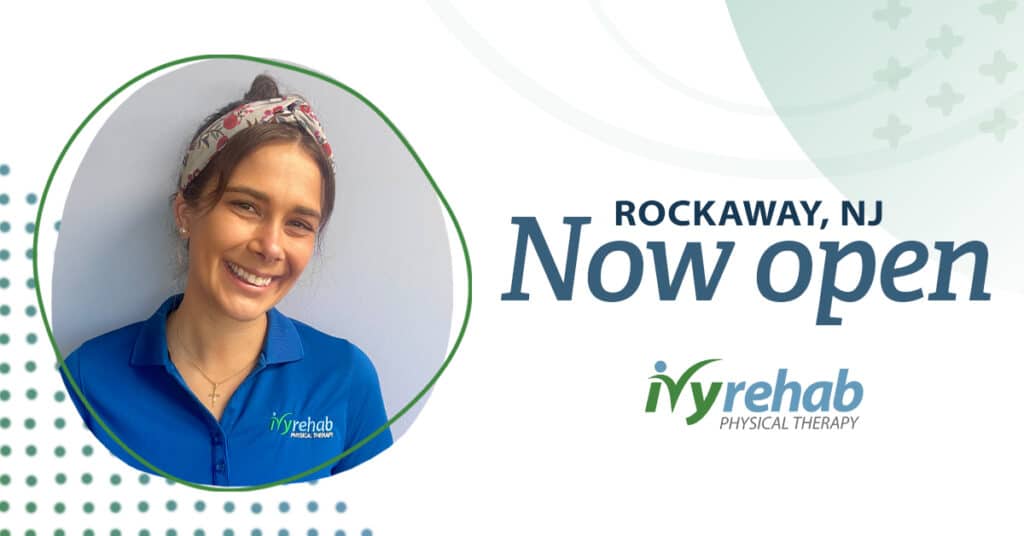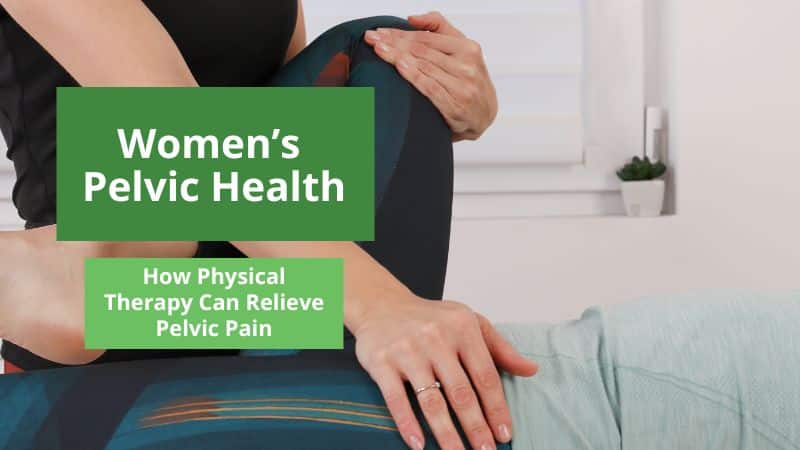From texting at the dinner table to scrolling in bed, it’s no secret we spend a lot of time on our phones. But all that screen time is doing more than just eating up our hours; it’s also changing our posture.
Enter tech neck – a modern condition that’s becoming more common across all age groups. Whether you’re a student, remote worker, or retiree, chances are you’ve felt it: tight shoulders, a sore neck, maybe even headaches or numb thumbs.
So what exactly is tech neck, and how can you prevent it?
What is Tech Neck?
Tech neck (sometimes called text neck) happens when you spend long periods with your head tilted forward and down, like when scrolling on a phone, working on a laptop, or reading on a tablet.
When your head shifts forward, your neck muscles have to work overtime to hold it up. In fact:
- In a neutral position, your head weighs about 10-12 pounds
- At a 45-degree tilt, it’s like holding up a 50-pound weight
- At 60 degrees, it’s more like 60 pounds
That’s a lot of strain on a small area of the body every single day.
Screen time plays a major role here. According to the CDC, over half of U.S. teens report spending 4 or more hours a day on screens (not including schoolwork). Among those with high screen use, rates of anxiety and depression were two to three times higher than teens with less screen time.
It’s not just teens, eighter. U.S. adults now average more than 7 hours of screen time a day, according to recent screen time statistics. Over time, that adds up to real stress on the neck, shoulders, and spine.
Signs & Symptoms of Tech Neck
If you’re dealing with tech neck, you might notice:
- Stiffness or pain in the neck and shoulders
- Headache or neck spasms
- Pain between your shoulder blades
- Tingling or numbness in your thumbs
- Blurry vision from screen glare or strain
Left unchecked, this poor posture can also lead to:
- Disc degeneration or bulging
- Pinched nerves
- Decreased neck mobility
- Pain that radiates into the arm
- Misalignment through your entire spine
Learn more about how poor posture can cause neck pain from the experts at Spine-Health.
4 Tips to Prevent (and Reverse) Tech Neck
The good news is you’re not stuck this way. Here are a few simple things you can do to keep your neck healthier – no tech detox or heavy treatment required.
1. Smart Device Habits
- Hold your phone or tablet at eye level
- Look down with your eyes, not your head
- Use device stands or holders to avoid hunching
- Take a 3-minute break every 15-20 minutes
- Blink often and use eye drops if needed
2. Mindful Movement
- Get up and stretch every hour – even if it’s just for a minute
- Try yoga poses like downward dog, cat-cow, or cobra
- Do shoulder rolls, neck side bends, and gentle rotation exercises
- Incorporate spine-strengthening moves like bird dog and upward-facing dog
3. Ergonomic Setup
- Use a chair that reclines 25 to 30 degrees with lumbar support and a headrest
- Keep your monitor at eye level, shoulders relaxed, and wrists straight
- Sleep with a supportive pillow and try resting on your back
4. Physical Therapy
- Postural retraining to improve alignment and reduce strain
- Manual therapy to release tight shoulder muscles
- Targeted exercises to strengthen deep neck flexors and upper back muscles
Even small changes can relieve pressure, improve posture, and prevent long-term strain.
Why Physical Therapy Can Make a Difference
A licensed professional can assess your posture, mobility, and neck strength to help correct underlying issues caused by tech neck. If you’re already feeling the effects of tech neck, or if you want to keep it from getting worse, physical therapy can help.
Our therapists don’t just treat symptoms. They work to uncover the root cause of your pain, design a personalized treatment plan, and show you how to fix muscle imbalances at home. This includes posture education, mobility training, and exercises that promote lasting change.
Explore how physical therapy helps with neck pain.
Movement matters. Aerobic exercise boosts blood flow, flushes out inflammation, and helps your muscles and discs stay healthy. So whether you’re walking, swimming, or hitting the elliptical, keep moving.
Don’t Let Tech Mess with Your Neck
Digital devices are here to stay. But tech neck doesn’t have to be.
By paying attention to your posture, adjusting your habits, and getting the right support, you can stay connected – while preventing neck tech.
Ready to feel better?
Find an Ivy Rehab clinic near you to request an appointment today – no prescription needed in most states. Learn more about Direct Access here.
Article Reviewed by Holly Lookabaugh-Deur, PT, DSc, GCS, CEEAA
Holly Lookabaugh-Deur, PT, DSc, GCS, CEEAA is a practicing physical therapist and a partner and Director of Clinical Services at Ivy Rehab Network. She is board certified as a geriatric clinical specialist and certified exercise expert for aging adults with more than 35 years of clinical experience. She is certified as an aquatic and oncology rehabilitation specialist and serves as adjunct faculty at Central Michigan University and Grand Valley State University.





